Bedlam Asylum in London – the world’s most famous mental hospital – had four different locations over the years. Guest writer AMY CONNOLLY tell us where they were…
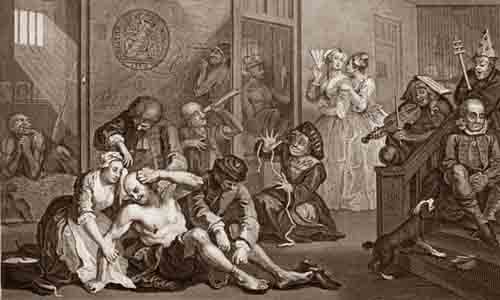
Bethlem Hospital – better known as Bedlam Asylum – is the world’s most famous mental hospital.
Its name derives from the Church of St Mary of Bethlehem to provide a link to the “holy land”.
Its name today; Bethlem and its nickname; Bedlam (a word commonly used today to describe a scene of chaos) are both medieval variants of the original name “Bethlehem”. It has also been referred to as Bedlehem, Betleem, Bethelem and Beddeleem.
Where was Bedlam Asylum in London?
Since 1247, the hospital known as Bethlem, has had four different places it has called home.
First site: Near Liverpool Street
The first site of the hospital was what is now, Liverpool Street Station.
It began its life here as a hospice, hostel and later it became a hospital.
No mention of mental illness was found until 1403 when an inquiry into the hospital allows for records of patients to be presented. There were six “insane” men there.
Shortly after the Great Fire of London, in which Bethlem was unharmed, there was a decision to move to another location – just a mile or so down the road.
Second site: Moorfields
This building was dedicated to patients experiencing mental distress, they were known as lunatics.
The Moorfields site (now Finsbury Circus) was the first custom-built hospital for the insane in England.
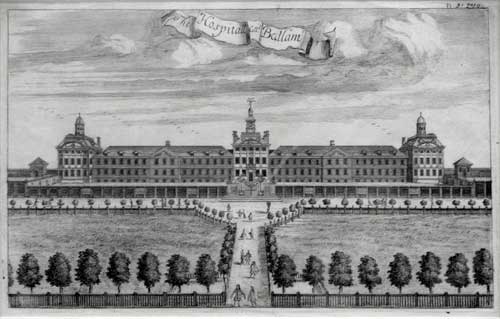
Its doors opened in 1676 and is possibly the most famous of the sites.
Its depictions in art and engravings see the building both inside and out as a grand building, beautiful on the outside, however, inside, the treatment of patients was experimental and admission charges were made to those who could afford it to come and “see the lunatics”.
It held a position in society similar to that of a zoo.
The Moorfields building was designed by Robert Hooke, who had links to many buildings around London.
Two statues, designed by Caius Gabriel Cibber, stood at the gates of the hospital. Like gargoyles, they sat above the entrance welcoming patients, visitors and doctors. They represented the two kinds of madness – Raving and Melancholic.
After reports into the ill-treatment of patients surfaced, the hospital made another move.
Third site: Southwark
This time, south of the river to St George’s Fields, Southwark.
You may know this today as the Imperial War Museum, the building housing the museum is the actual admissions building.
However, the other wards and buildings were demolished, although the grounds, beautifully kept, are a reminder of the size of the site.
Fourth site: Bromley
The fourth and final site – Bethlem Royal Hospital, as it is today, is a fully functioning psychiatric hospital.
It resides in Bromley and the hospitals’ history has made a home here too. The museum at the hospital displays just some of the hospitals’ visual history in the form of art works and maps.
The Bethlem Gallery, working closely with the hospital’s Occupational Therapy, presents art work form those who have experienced mental distress at some point in their lives.
The paintings, installations, photographs and drawings are changed monthly and include a number of works from patients, both past and present.



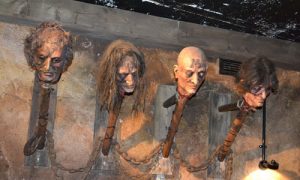
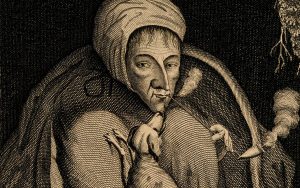
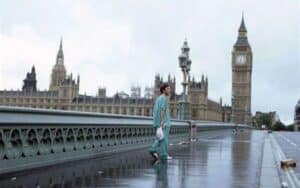

I’m doing a report on Bedlam for English. I’m just fascinated with the asylum. It’s history is dark and terrifying and I love it. Thanks so much for the information!
thank you, great info, awesome.
Was there a metal hospital at Southwark, London